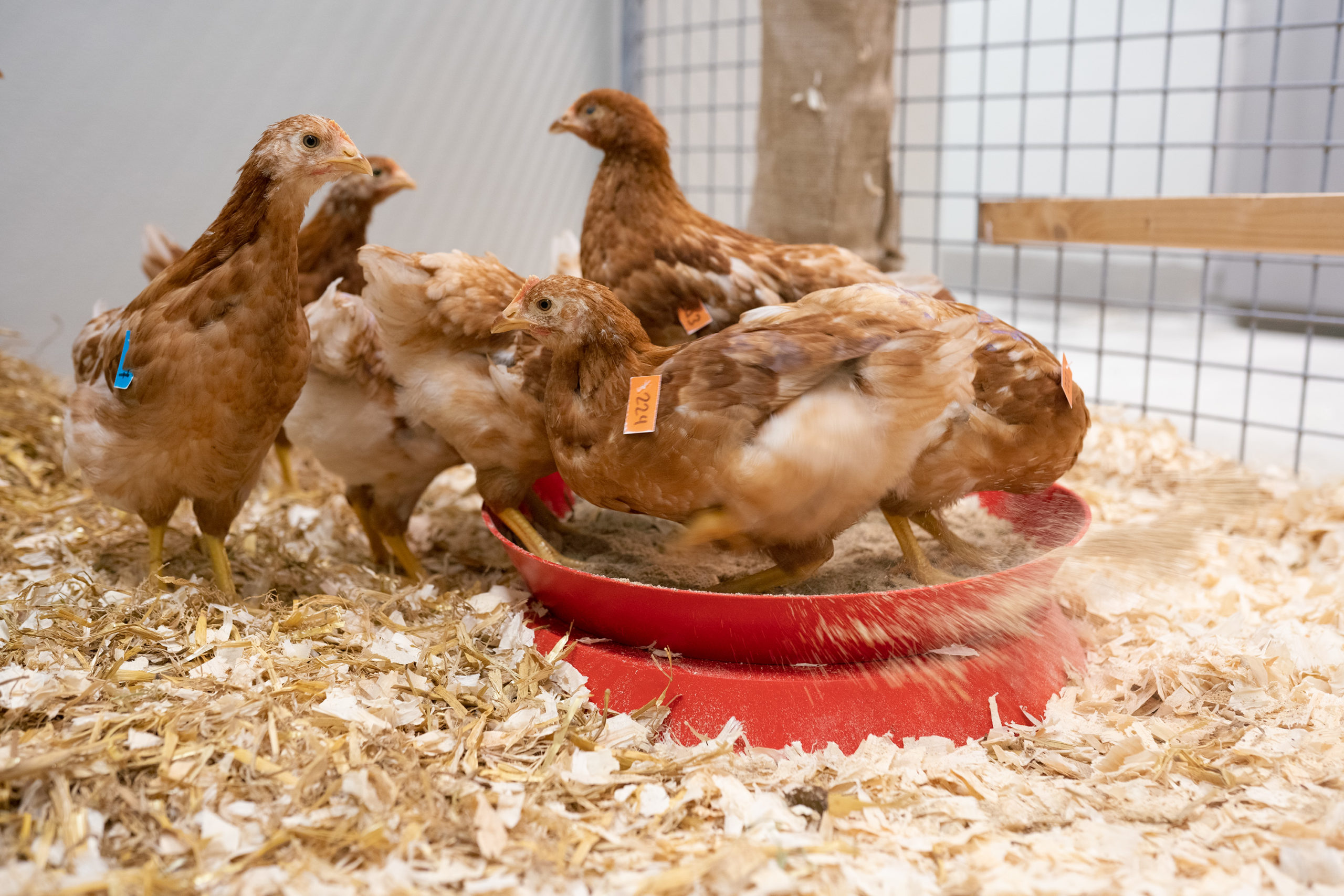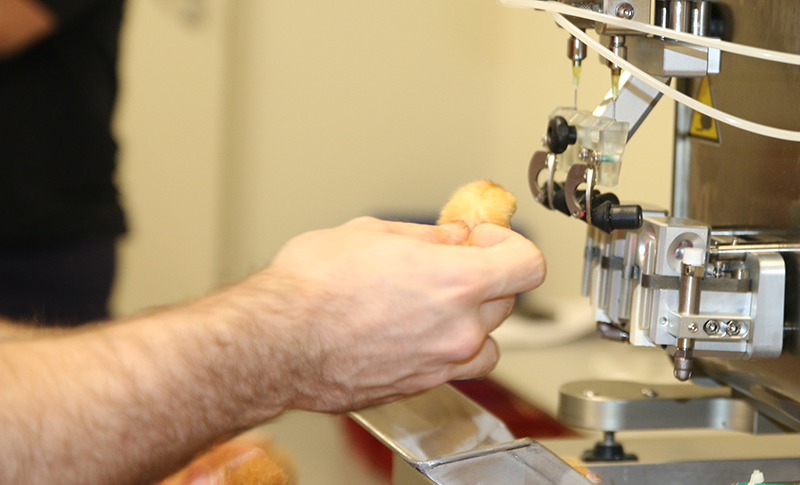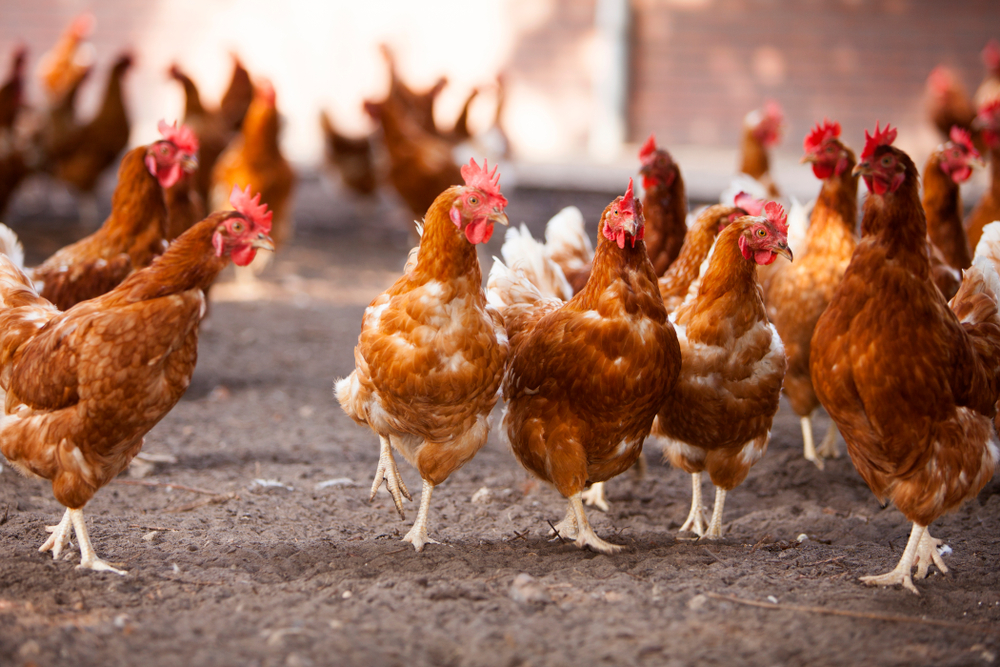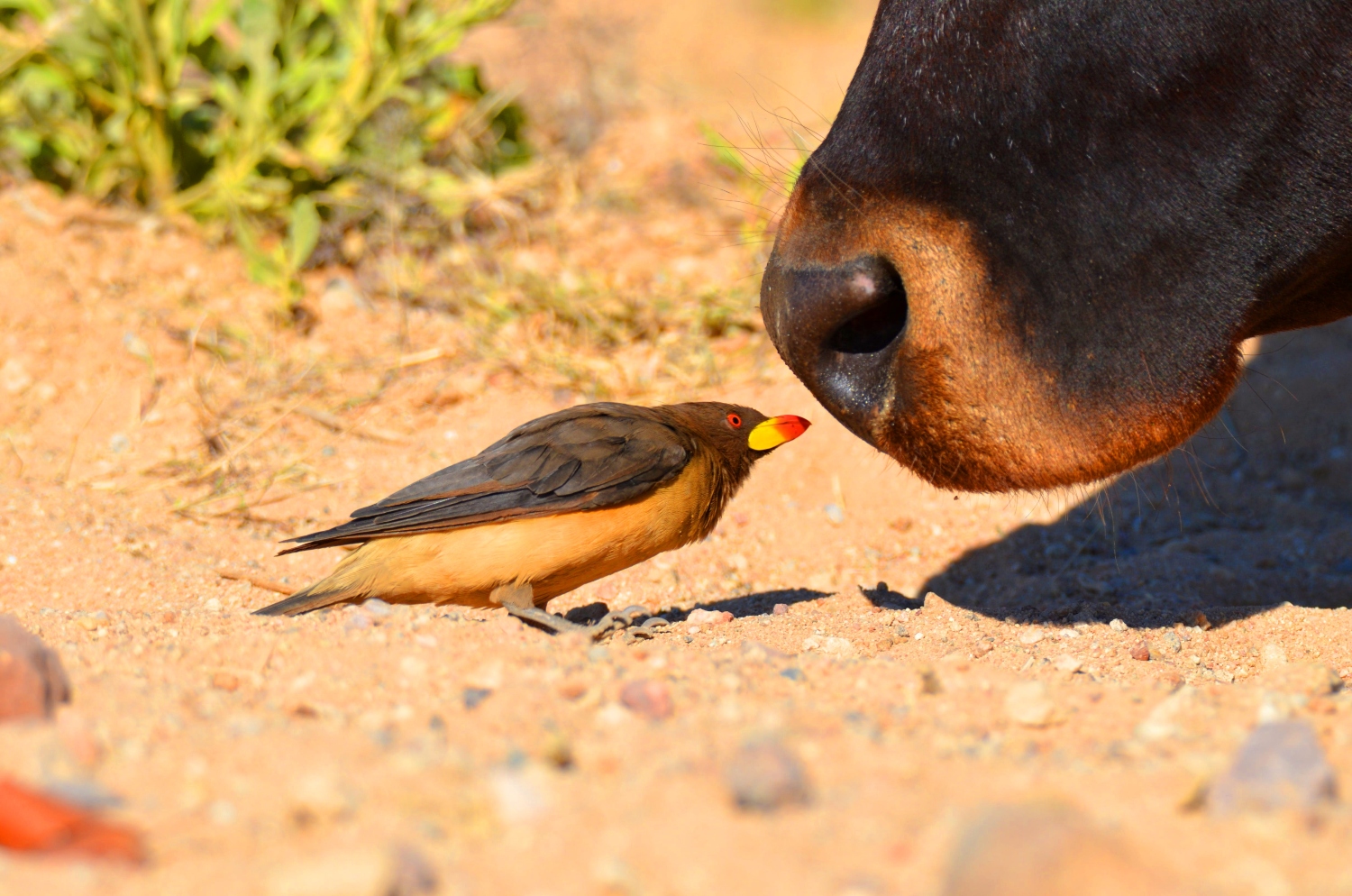Text Rianne Lindhout
Major news throughout Europe: last week, Wageningen Bioveterinary Research released the news that two avian influenza vaccines had shown promising results under laboratory conditions. The vaccines protect against bird flu and stop the disease from spreading. Two researchers explain what this news means for the one hundred million chickens in the Netherlands and for the threat of a pandemic.
WBVR expected the results of the study on four different avian influenza vaccines in December. Bird flu caused the study to be delayed, says researcher Evelien Germeraad. ‘During our research of four vaccines, our institute also operated to its maximum capacity to conduct diagnostics for the bird flu outbreak, thus delaying some of the analyses.’
When a barn is suspected to be infected with avian influenza, WVBR investigates whether the poultry is infected with the virus through swabs of the beak and cloaca. A time-consuming effort: between October 2021 and February 2023, over 100 businesses were culled, sometimes pre-emptively. In 2022, some 6 million chickens and ducks were gassed due to an outbreak or proximity to a proven outbreak.
News throughout Europe
There was much interest both in the Netherlands and abroad for the vaccine. Annemarie Rebel, WVBR business unit manager: ‘Bird flu affects the entire European poultry sector. The discovery of vaccines that offer perspective in the fight against this disease and its consequences is welcome news.’
Moreover, vaccination against bird flu is permitted within Europe as of 12 March. Strict surveillance conditions apply. After vaccination, weekly tests must be performed, and a veterinarian must monitor the animals every four weeks. Completely impracticable, says Sjaak de Wit, a professor of poultry health from Utrecht, in Een Vandaag. There are not enough veterinarians to implement these regulations.
Things are different in the barn
The rules may be eased, and there are now vaccines that have proven effective under lab conditions. A field study at a commercial poultry farm will be conducted, as vaccines are sometimes less effective under field conditions. Researcher Germeraad: ‘In a large barn, there are other factors that influence the chickens’ health and resilience, such as the presence of certain pathogens or other vaccines. These aspects may influence the immunity that the vaccines provide.’
The field study is to start in the summer. Germeraad: ‘Obtaining all the required permits, finding a suitable poultry farm and setting up the experiment takes time. This study will also show how long the immune response remains effective and whether boosters may be needed in laying hens, which are generally kept longer.’
No annual update (for now)
Will an annual update, as is the case for human influenza vaccines, be needed? Not just yet, says Germeraad. ‘Both HTV vaccines offer blanket protection against different influenza strains of tr the H5 sub-type. A new vaccine for emerging H5 variants will probably be unnecessary. However, a new vaccine will be required if the H7 subtype emerges in the Netherlands.’
The vaccines that appear to be effective are currently administered to chicks on the day they hatch or in the egg. There are some 100 million chickens in the Netherlands. The broilers are slaughtered at the age of six to eleven (in the case of organic broilers) weeks. This means that several hundred million vaccines must be administered annually if the vaccine hits the market. The cost thereof is unknown at this time. Culling poultry cost well over 44 million euros in 2022. These costs were covered by the so-called Animal Health Fund, financed by livestock farmers and the government.
In the wild
If the vaccines prove effective under barn conditions and are made available for use next year, their use will be limited to commercial poultry farms, where they will prevent the spreading of the virus between and among animals. The virus will remain present in the wild, where birds and, currently also, dolphins can become infected. Business Unit Manager Rebel: ‘There is still a chance that carnivores become infected if they consume an infected bird.’

 Photo WBVR
Photo WBVR 

